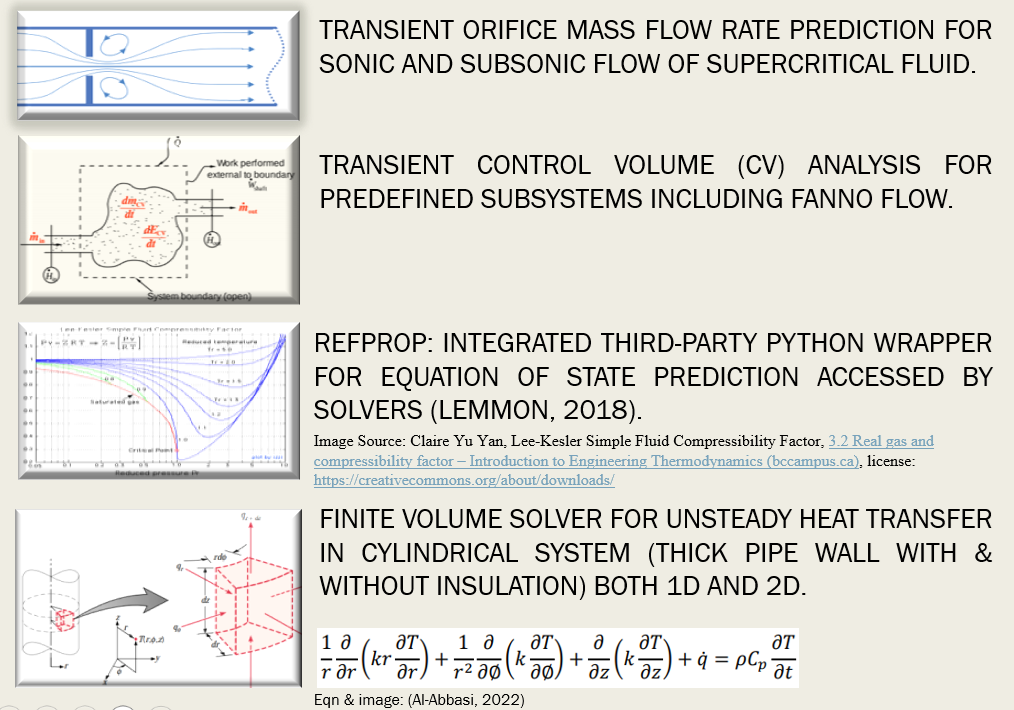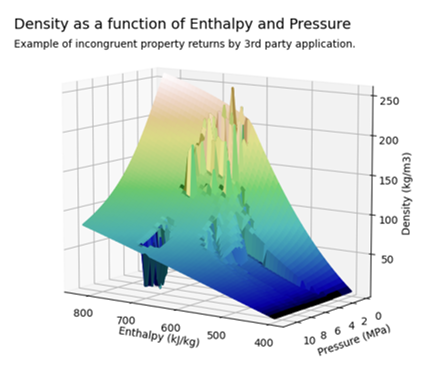Services
Computational Fluid Dynamics (CFD) Modelling
We provide modelling services using ANSYS Fluent, Siemens STAR-CCM+, and custom-coded 1D tools, as appropriate. Much of our experience is rooted in ANSYS Fluent and C++/Python development; however, for solid-liquid-gas and erosion modelling, Siemens STAR-CCM+ has proven more suitable. We collaborate with clients to devise a personalized approach based on the models required to investigate specific flow conditions and the availability of GPU solver acceleration.
Figure 1: Slurry pipe flow with changing upstream conditions. Modeled in Siemens STARCCM+. Multiphase Modelling: Volume of Fluid (VOF) + Discrete Element Modelling (DEM).

Process Programming & Multiphase Flow Prediction
Our analysis approach integrates a range of tools, with CFD often serving as a final validation step—if needed at all. In many cases, sound engineering principles combined with computational methods are sufficient to address the problem effectively. When applied strategically, CFD acts as a validation envelope, minimizing the number of simulations required and significantly reducing overall cost, while enhancing confidence in the final solution.
The program overview to the left highlights the development of a custom in-house code, featuring a self-written 3D heat transfer model for a pipe wall and fluid system governed by a choked-flow multiphase orifice. This model accurately predicted both the pipe wall temperature and the time required to fill a downstream tank under extreme environmental conditions.
Data Visualization and Machine Learning
As a recent graduate of the University of Calgary's Master of Data Science and Analytics (MDSA) program, we are actively expanding our computing capabilities beyond CFD and Python-based flow modeling to include statistics, machine learning, data visualization, cloud architecture, and any programming language required for the task.
The image to the right was used to debug third-party output during a complex, multi-timescale analysis of fluid and solid heat transfer.
While machine learning is often requested, causation is typically uncovered through a deep investigation of the data—using statistical methods, engineering principles, and visualization techniques. We always complete a thorough exploratory data analysis before applying more advanced methods. For further insight, please see our Industrial Applications page.
Here is a link to a lighthearted class exercise: Tableau Public. We do not share client content. All visualizations/simulations shown are smaller scale, modified versions with altered inputs.

Mechanical Engineering Problems in the field of Fluid Dynamics, Heat Transfer and Thermodynamics
We are eager to take on new challenges and will price our services accordingly. Our goal is to be continually challenged by our work. Our key attributes include a high capacity for adaptability, enthusiasm for uncharted solution paths, and a proven track record of resolving every issue. Challenge us!